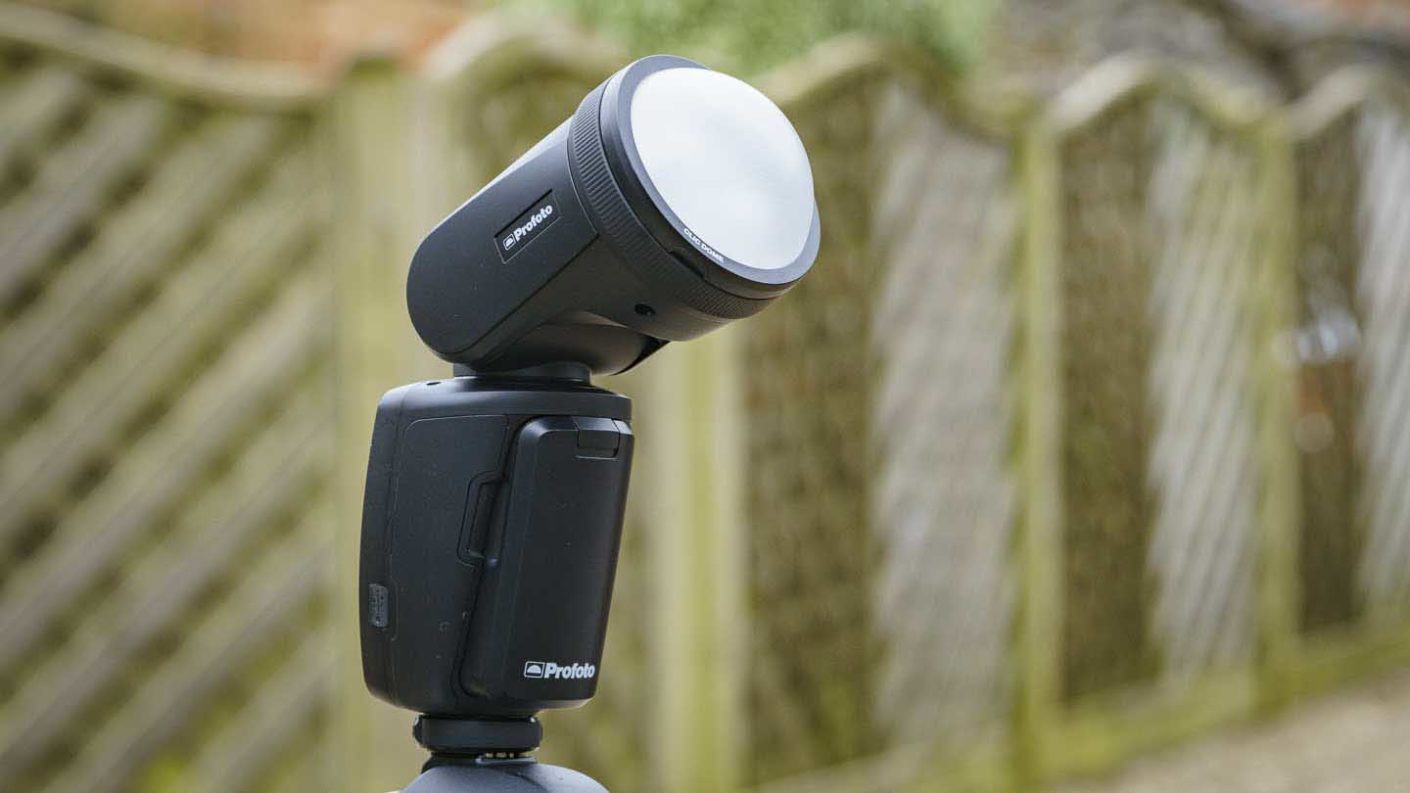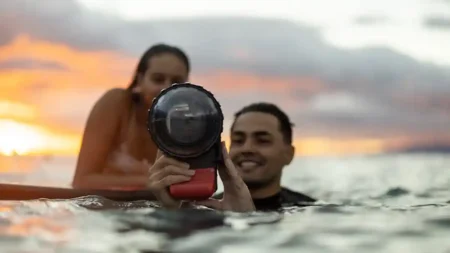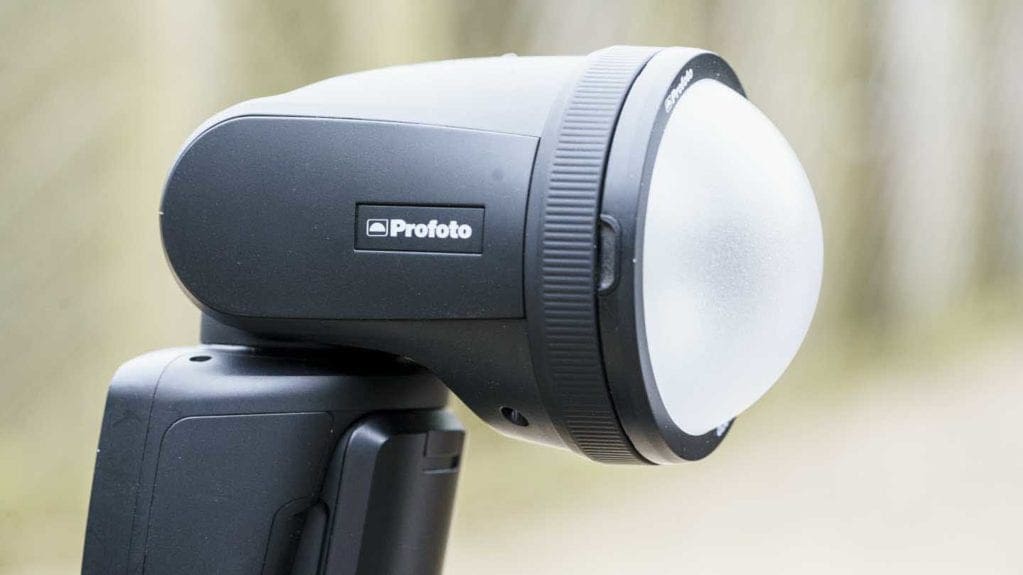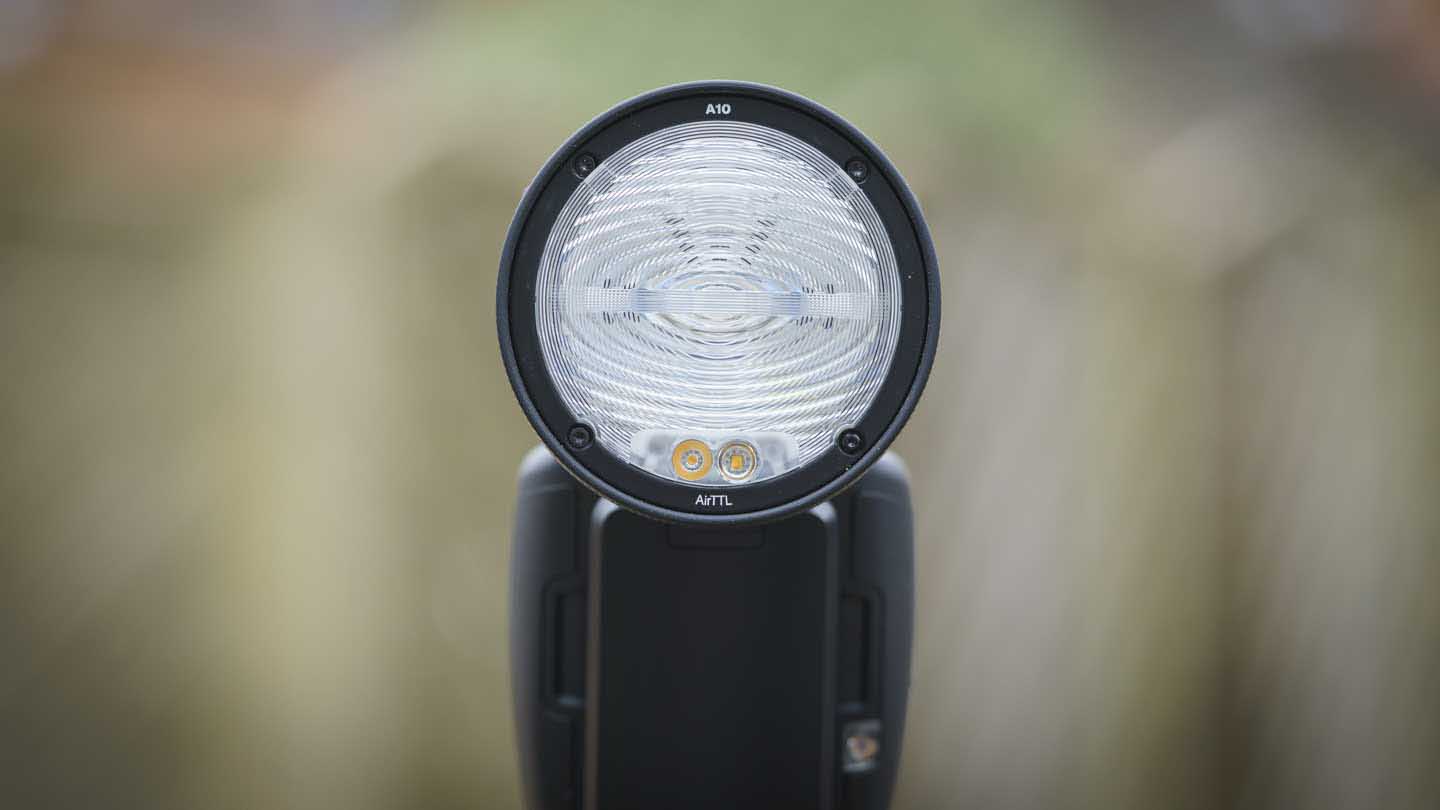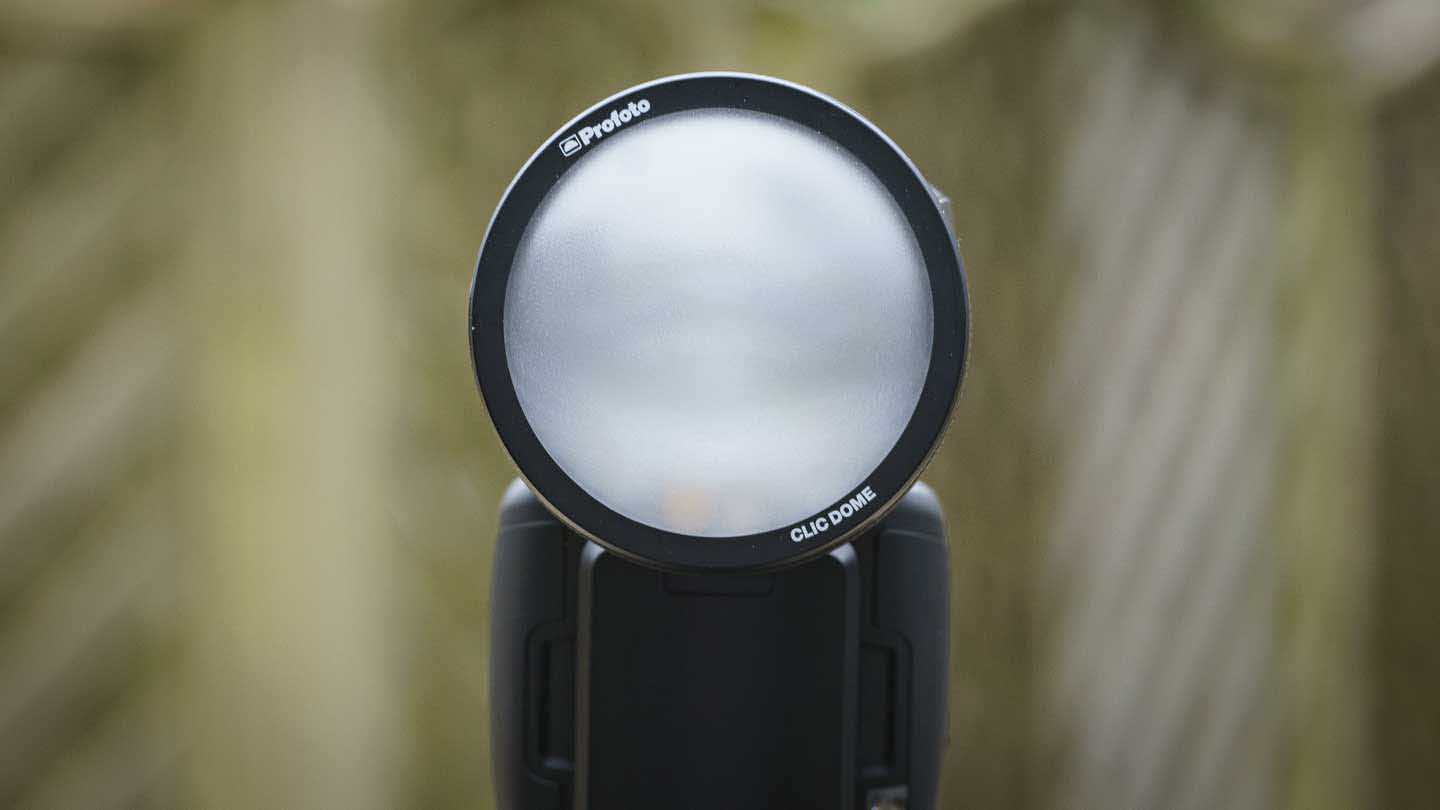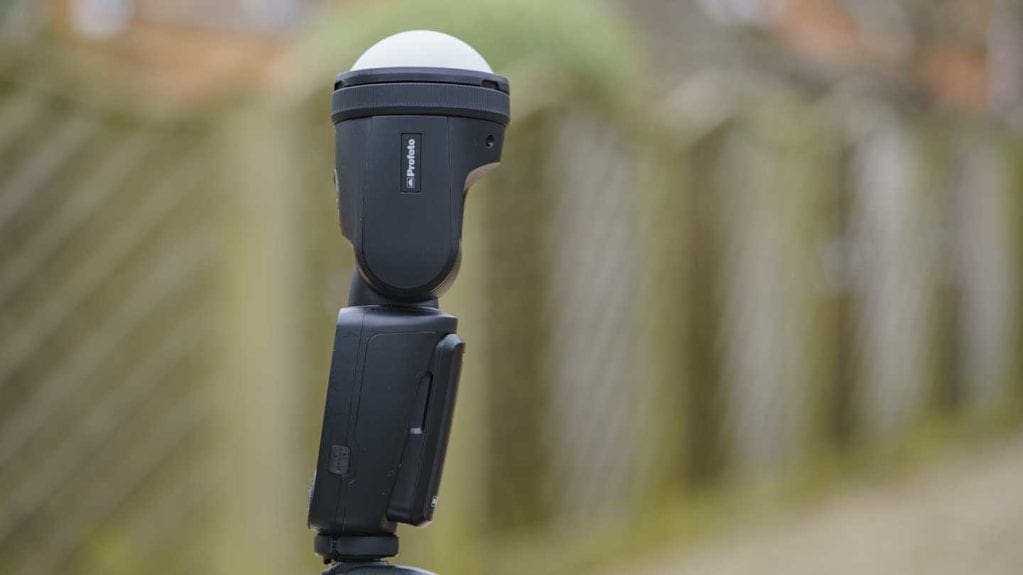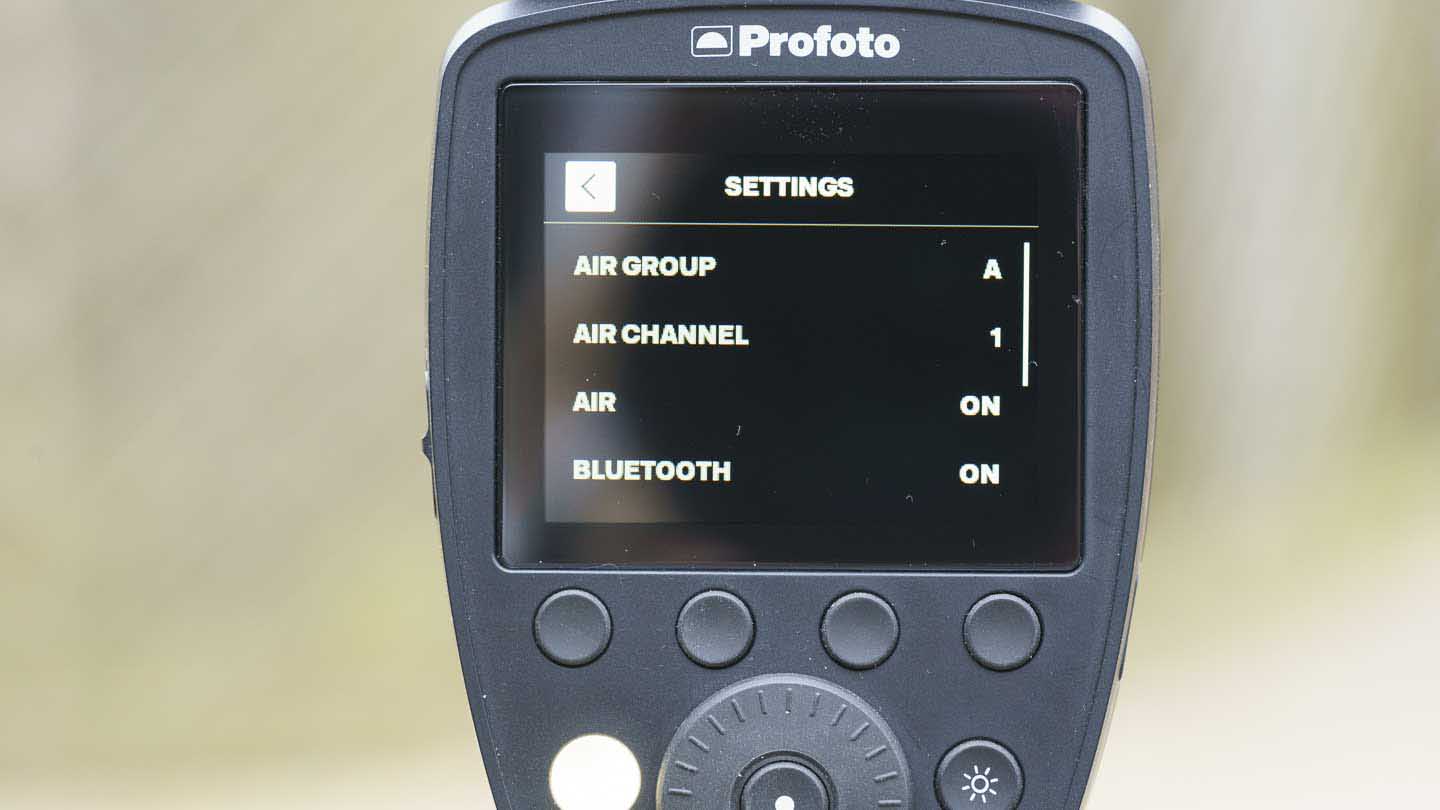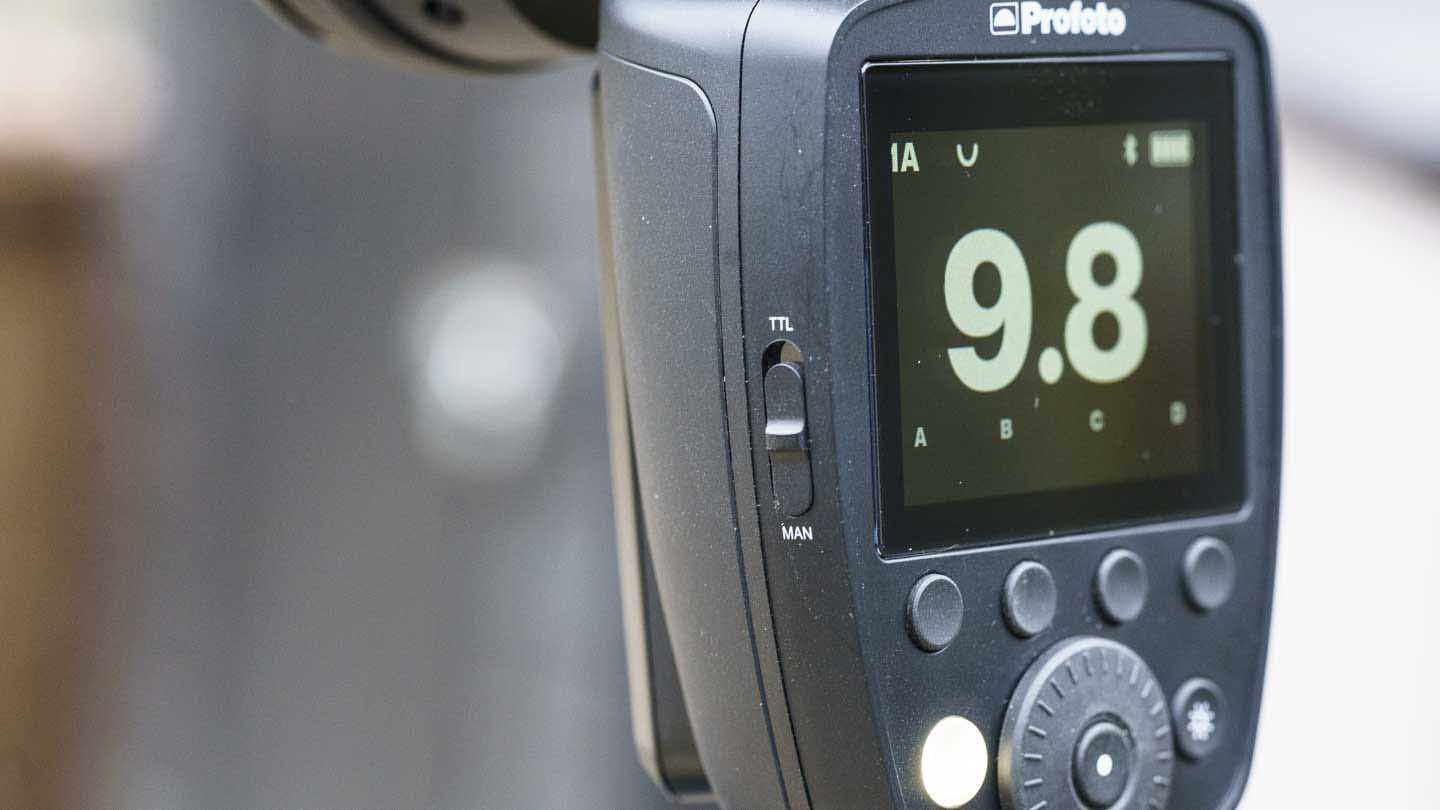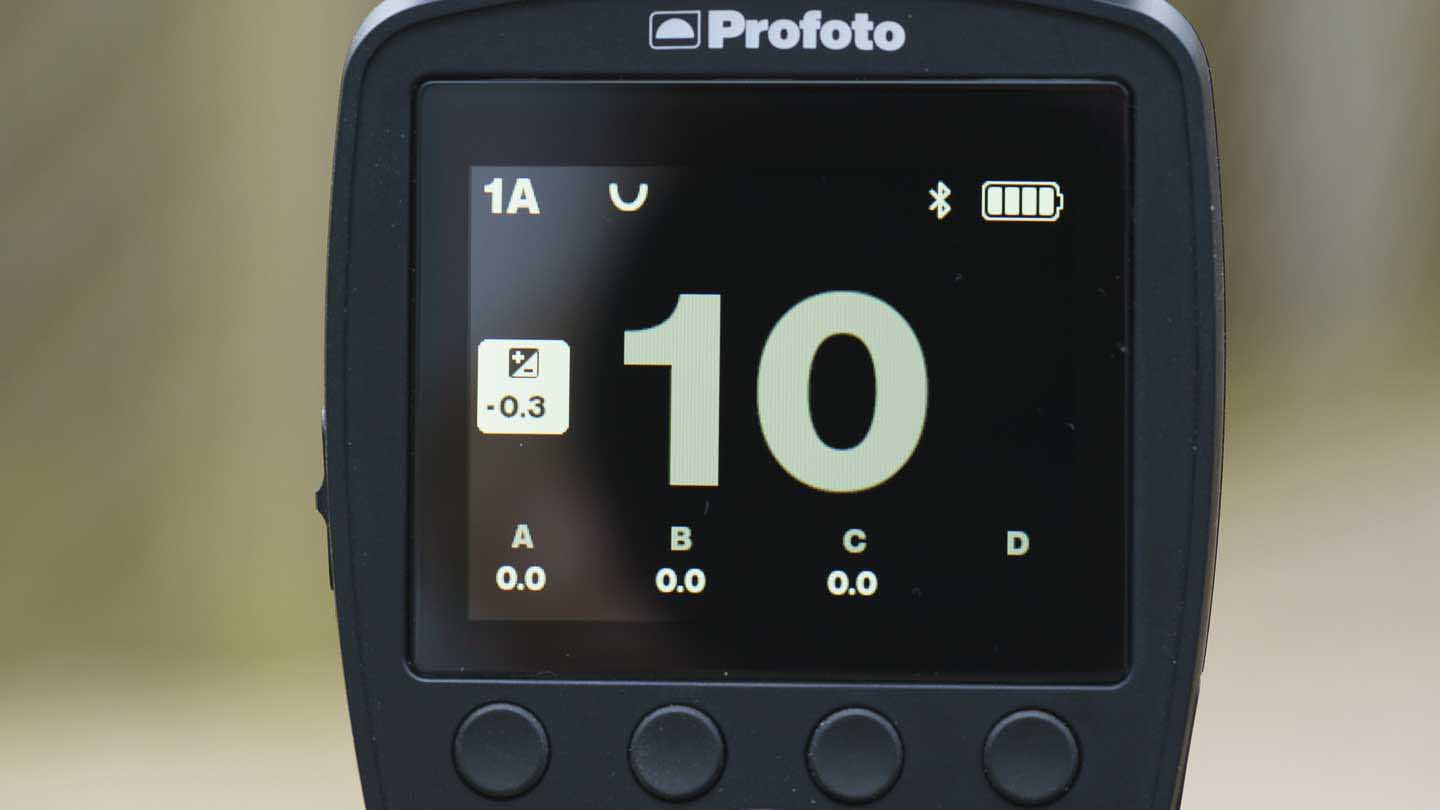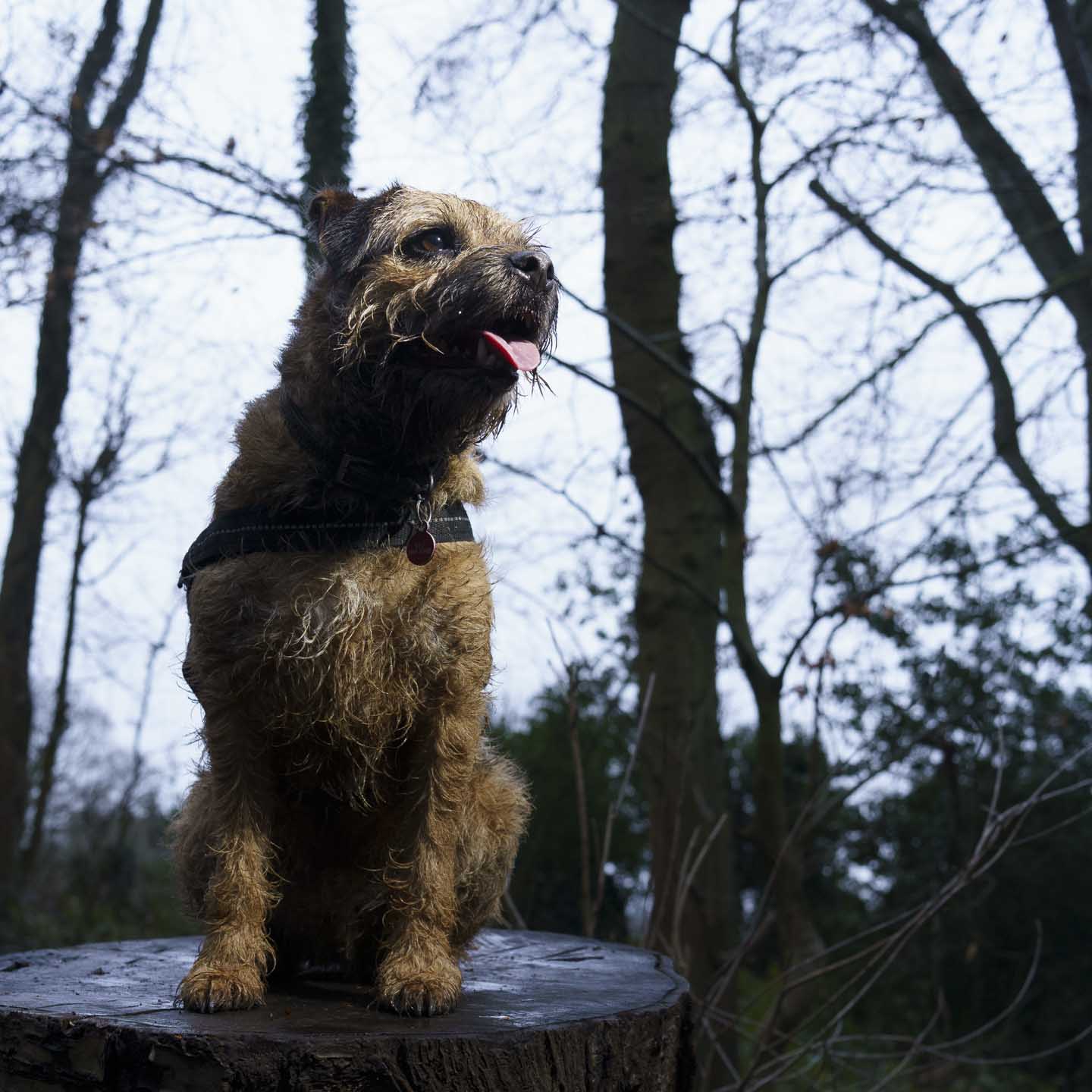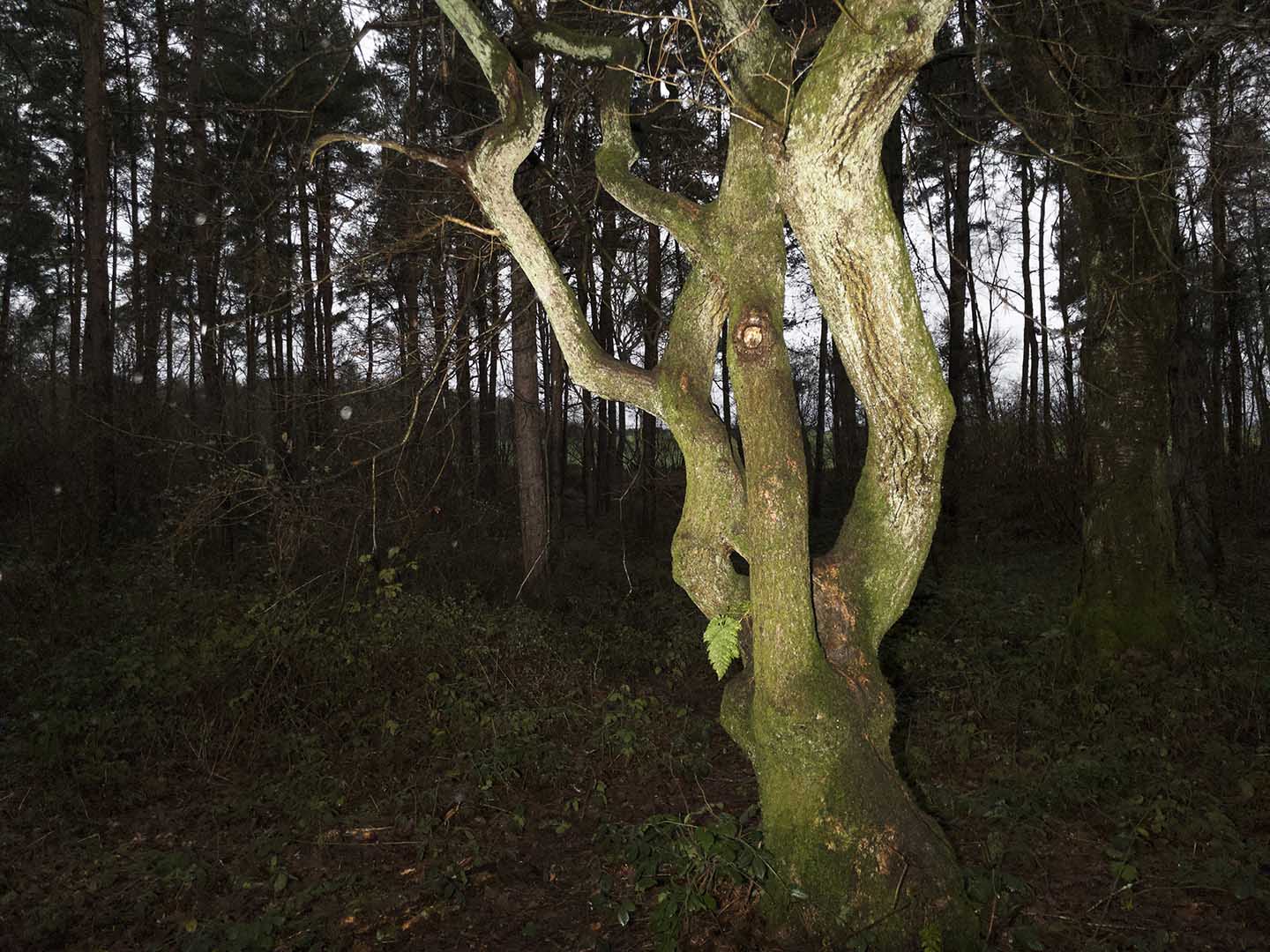I used a Canon-fit Profoto A10 on the Canon EOS 5D Mark III and with the Profoto Connect on the Sony A7C to enable me to use it off-camera. I also used it with an iPhone 12 Pro connected via the AirX Bluetooth technology.
Shooting with the Canon 5D Mark III and the Sony A7C, the A10 performed flawlessly. It fired every time unless the camera was set to a fast continuous shooting rate which didn’t give it time to recycle, and the results were consistent.
The results in TTL mode proved very good, but I also experimented with manual exposure mode, which makes the distance to the subject more critical. It’s handy to start in TTL mode to see what output the A10 uses, then switch to manual using that setting as a base and adjusting accordingly.
I primarily used the A10 with the Clic Dome in place and the results look very natural. Even when I was shooting with my subject backlit by the low sun, the flash balanced it nicely and created a natural-looking result in TTL mode.
I usually carry a camera with me wherever I go and when I was testing the Profoto A10, I also slipped that in my coat pocket to use it at a moment’s notice with the Sony A7C.
In dull conditions, it adds a bit of pep to your subject so it stands out nicely from the background without looking too stark. It’s also easy to adjust either it or the camera settings to make things look a bit more dramatic if you want.
With the A10 mounted on a camera, it switches to HSS mode as the shutter speed is pushed up beyond the normal sync speed. There’s a maximum sync speed of 1/8,000sec, and when I tested it at that setting, it worked perfectly.
The A10 also performed well with my iPhone 12 Pro, but at the time of testing, the automatic exposure setting wasn’t available and I had to control the flash output via the Profoto app on the phone. This is pretty straightforward, but the output adjustment range is quite wide and you need to make large alterations to have a significant impact.
